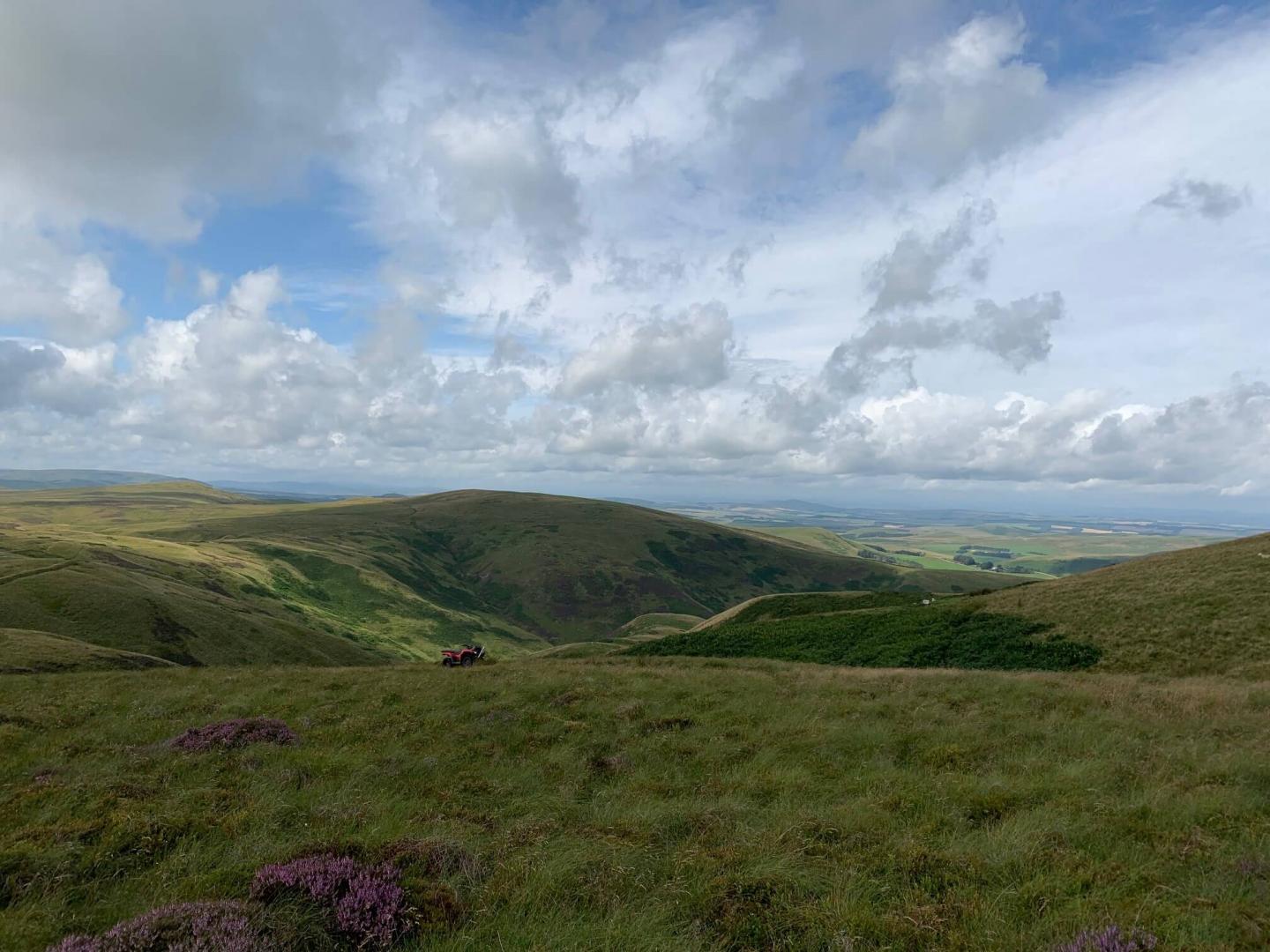Peatland is often referred to as a Cinderella Habitat, historically underappreciated and poorly managed but having huge potential to provide, to name a few, carbon sequestration, nature recovery and climate regulation services, making it one of the most important habitats in the world.
While only occupying 3% of the Earth’s surface, peatlands are the globes largest carbon store, holding more than twice the amount of carbon stored in all the world’s forests, further highlighting the importance of peatlands and their conservation.
3 million hectares of the UK land area, around 10%, is taken up with peatland, with only 20% of that in a semi-natural state, action to reverse decline and damage has become paramount.
When in a healthy condition peatland can provide a wide range of significant ecosystem services, including:
- Being a net carbon sink
- Being a huge carbon store
- Supporting unique biodiversity
- Supporting high water quality
- Supporting sustainable land use
- Mitigating flood risk
- Being a historic, cultural and environmental encyclopaedia
When poorly managed or damaged, peatland can have a severe impact on ecosystem services, such as:
- Being a net carbon source
- Depleted carbon stores
- Biodiversity loss
- Loss of historic archive
- Coloured, peaty water
- Compromise of farming and recreation
Awareness and appreciation has steadily increased over recent years of the importance and necessity of peatlands and their recovery. They influence a broad range of sectors in the land management industry, from upland livestock farmers and lowland arable producers, to water companies and sporting estates.
Peatland restoration is key for the longevity of recreation, cultural history, and their positive role in countering climate change which has seen the introduction on grant schemes that support restoration projects in the UK. An added incentive to peatland restoration projects is that, if eligible, they can be validated and then verified for the Peatland Code, which enables the sale of carbon units on the UK Land Carbon Registry
Peatland Code
The Peatland Code is an example of Natural Capital Financing and is a voluntary certification standard for UK peatland projects aiming to market the climate benefits of peatland restoration.
By independently validating and verifying restoration projects to provide assurance and clarity for businesses and other investors alike, projects can be confident that the credits being sold are real, quantifiable, additional, and permanent.
Grant Schemes
England Grants
Nature for Climate Peatland Grant Scheme
- Funding for peatland restoration in both the uplands and lowlands of England
- Competitive
- Running until 2025
- It is open to environmental groups, local authorities, charities, public bodies, individual landowners & organisations
- The scheme is predominantly aimed at landscape scale projects that focus on restoring the whole hydrological system of a peatland habitat which are likely to be a collaboration between sites and landowners so applications from partnerships are encouraged
- The NCPGS has two grants available:
- Restoration grant – will re-open for applications early 2022 (date tbc)
- Discovery grant – first round of applications open from 7th July 2021 to 1st September 2021
Scotland Grants
Peatland ACTION
- A multi-annual investment in peatland restoration of over £250million from the Scottish Government
- Funding supports on-the-ground restoration projects and large-scale projects over several years that could receive multi-year offers
- There are no geographical restrictions or target areas
- For a 2021/2022 project, the deadline for applications is 30th September 2021

 By
By 




Share this with
Email
Facebook
Messenger
Twitter
Pinterest
LinkedIn
Copy this link